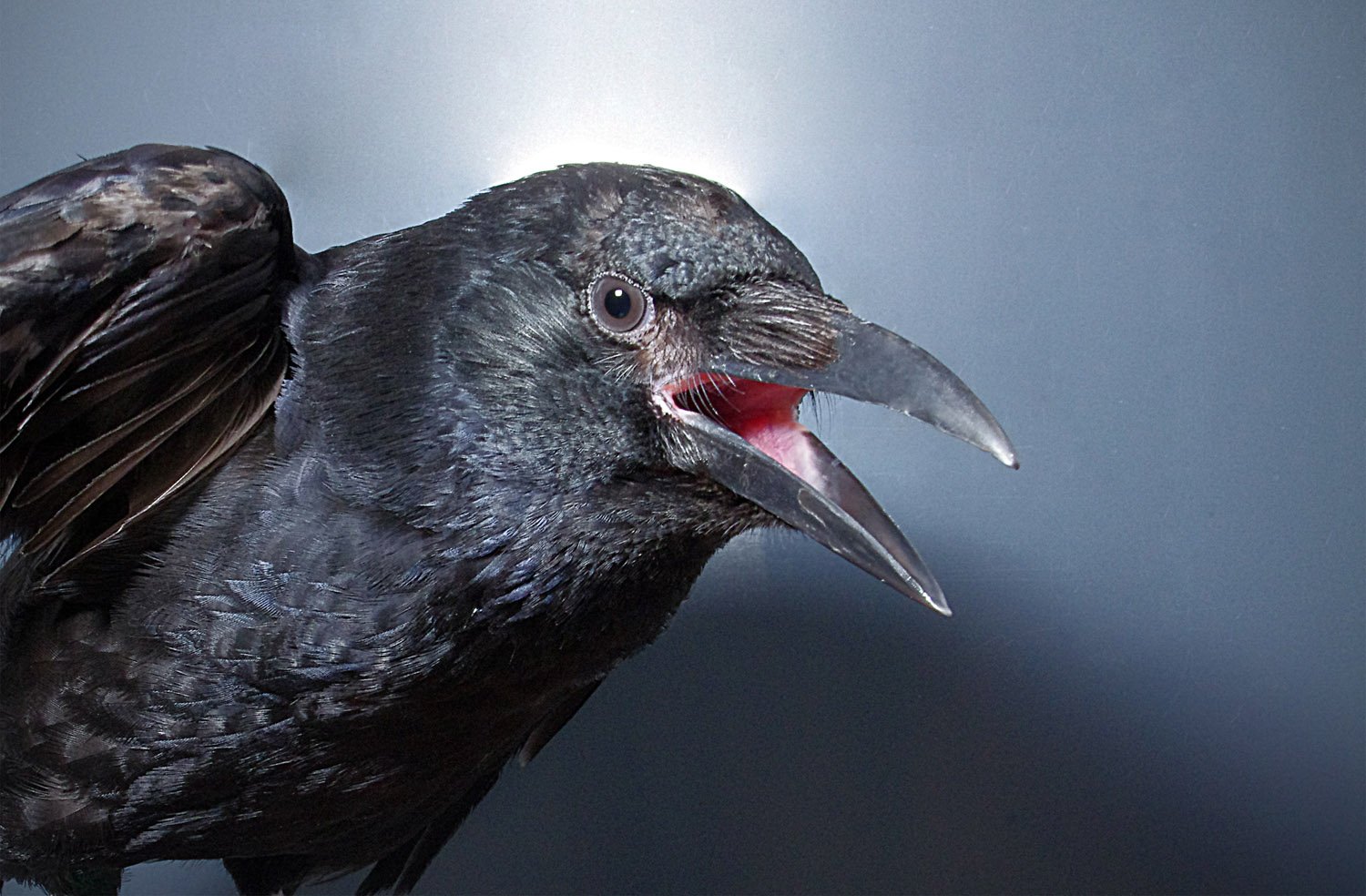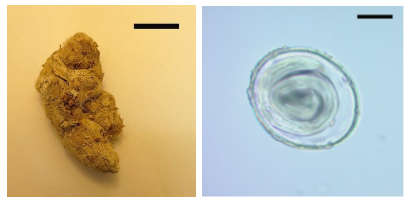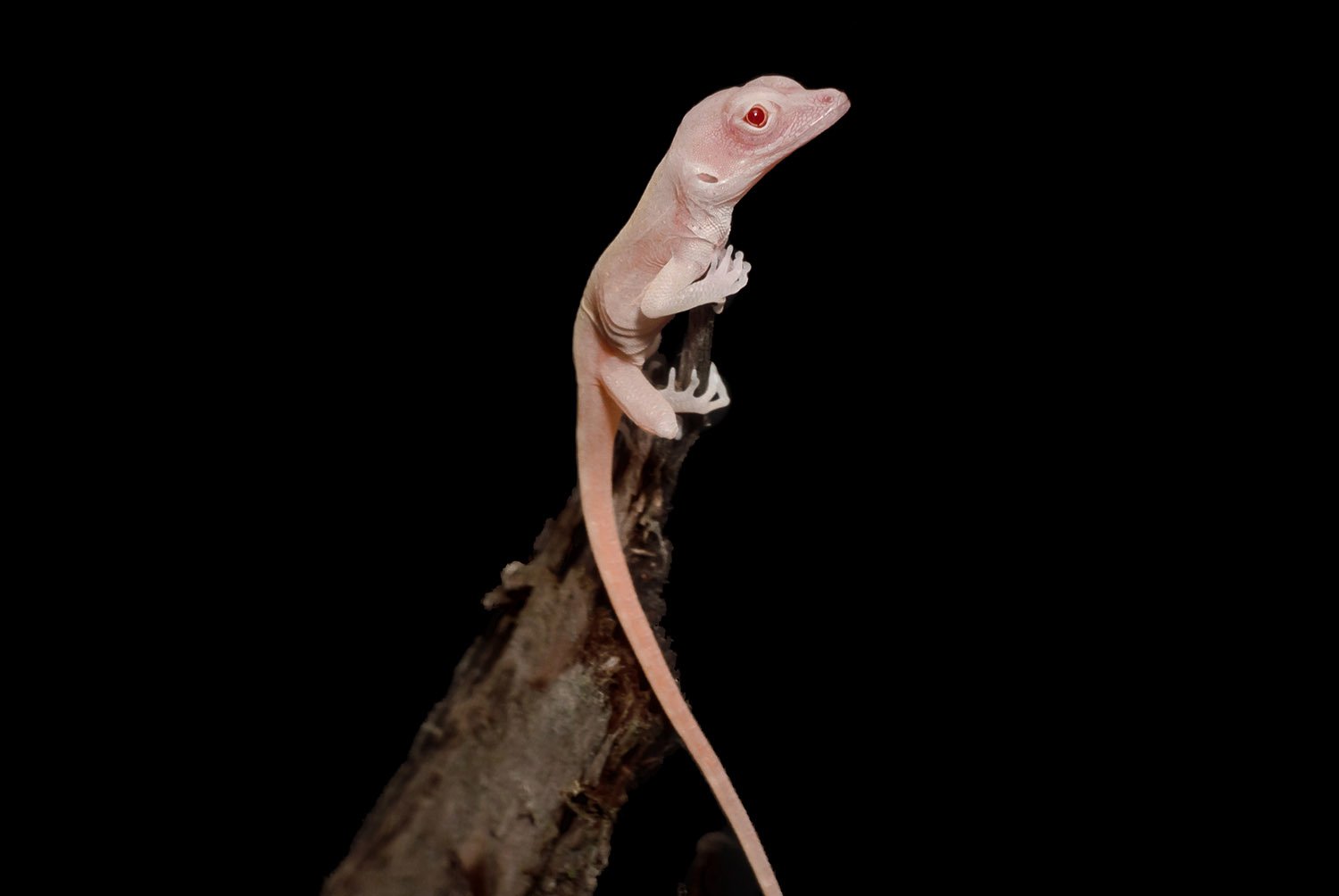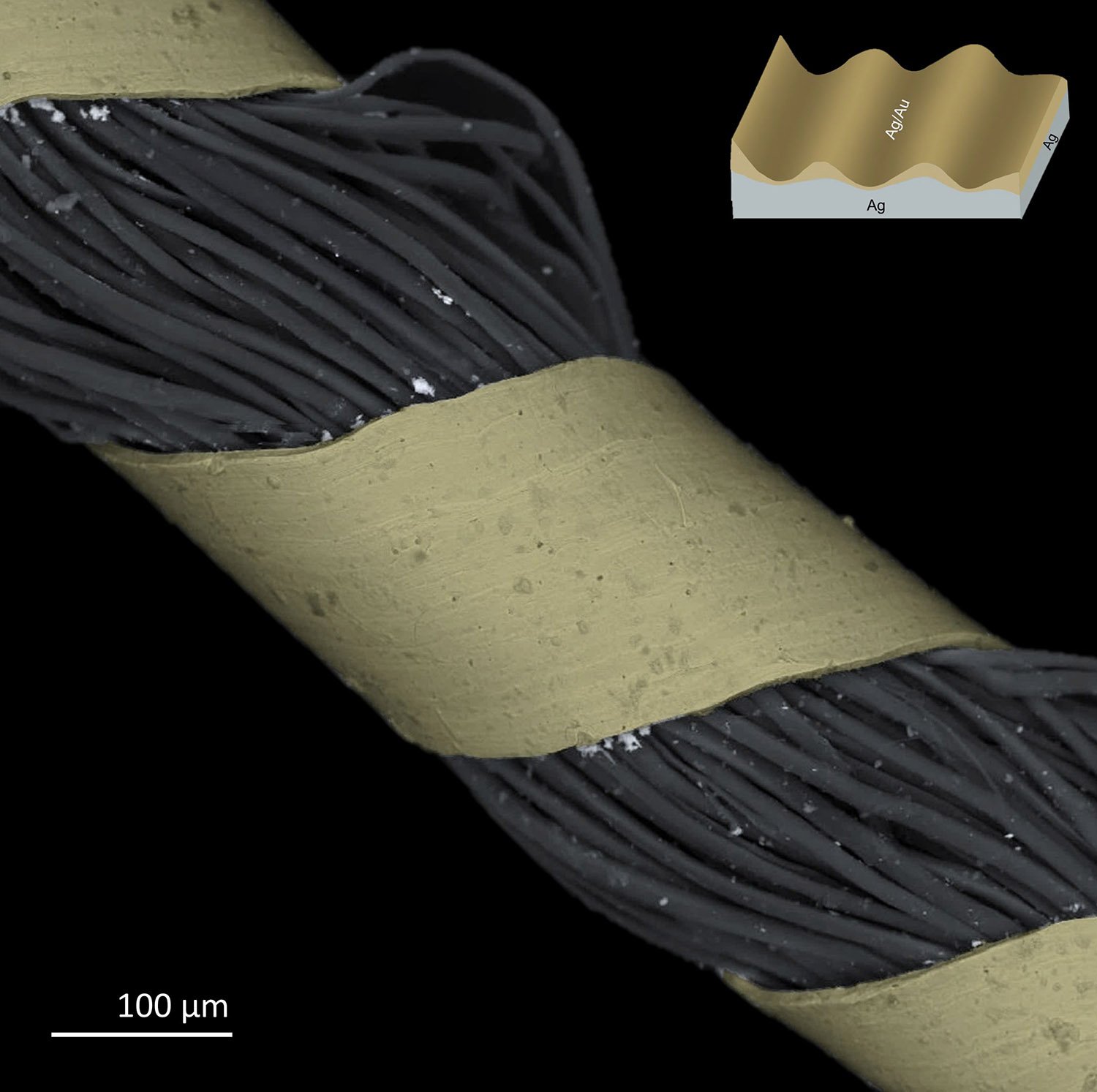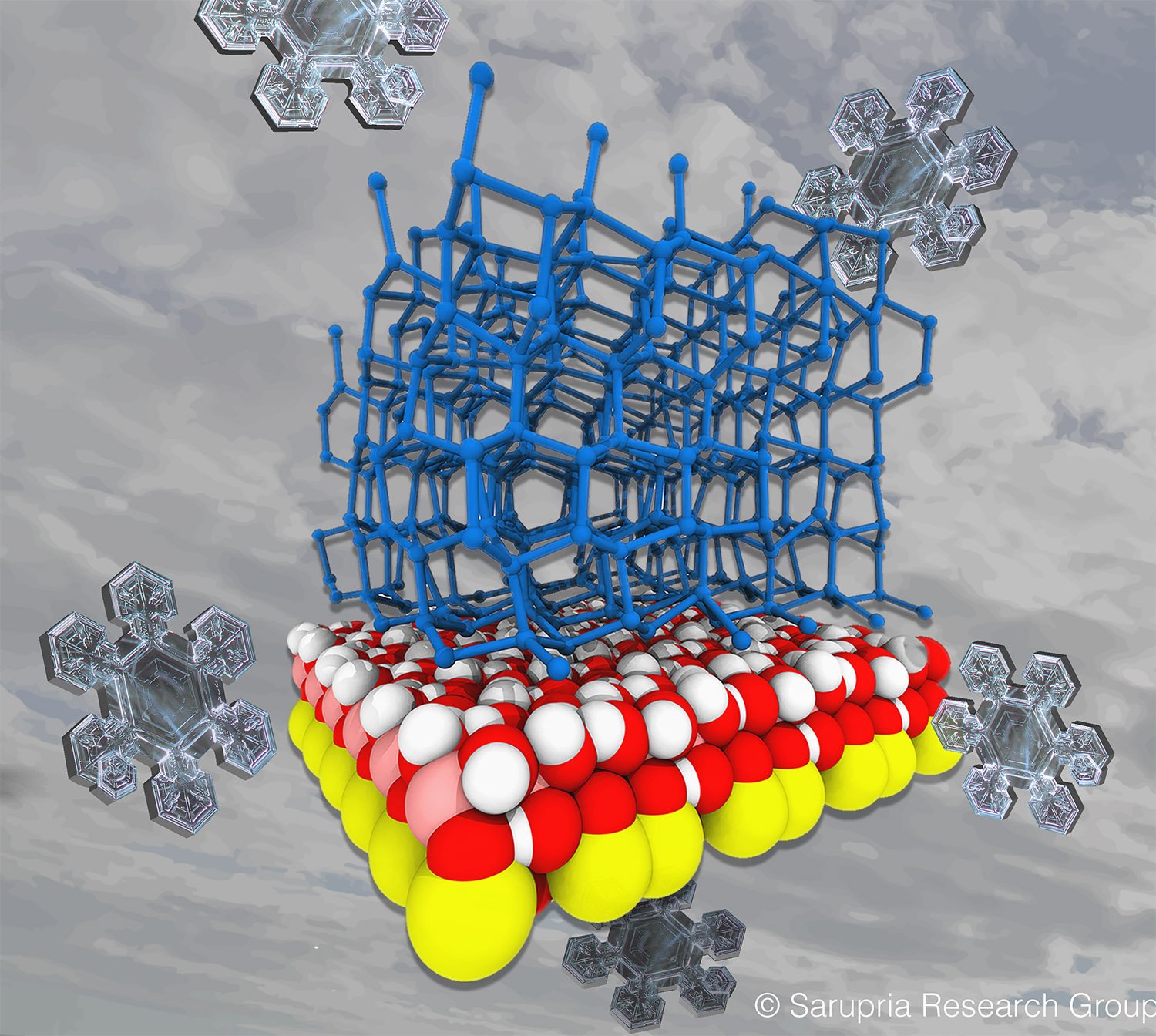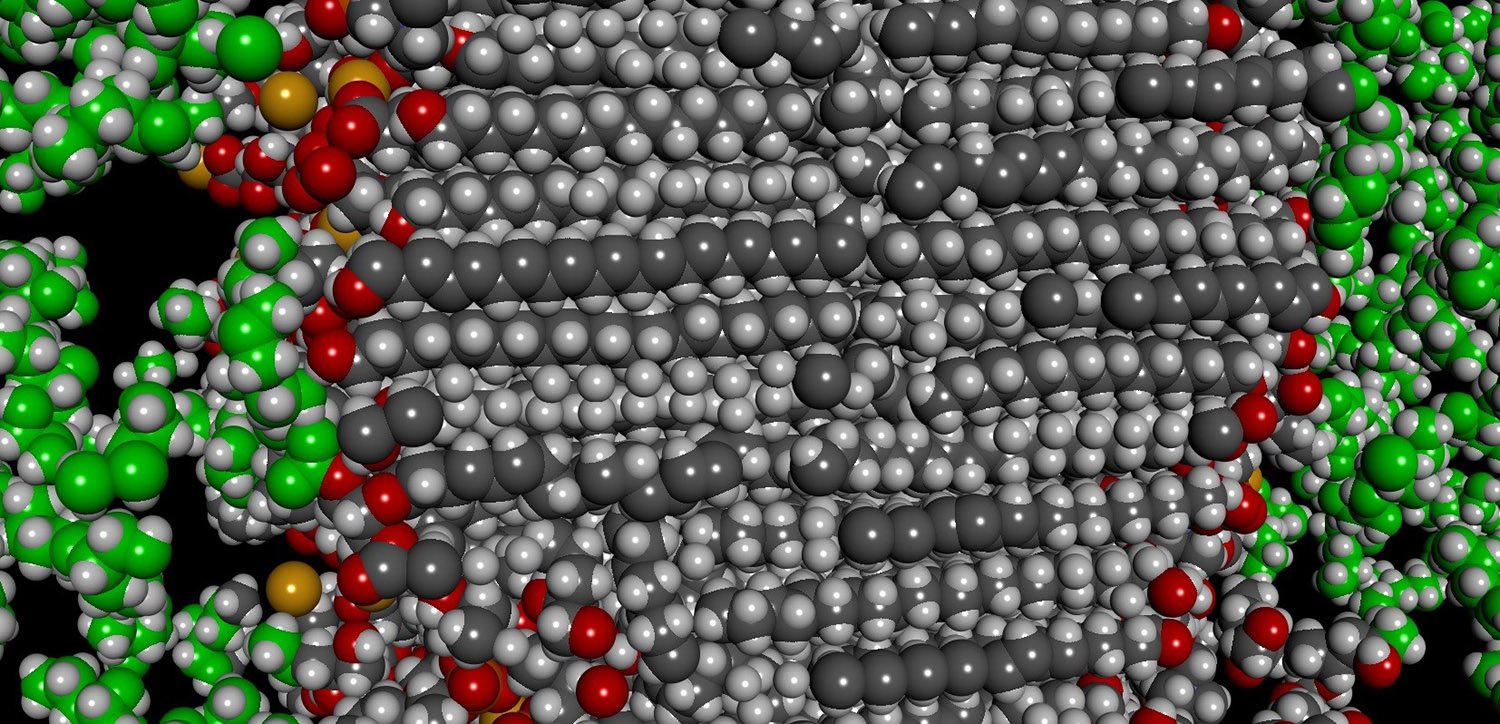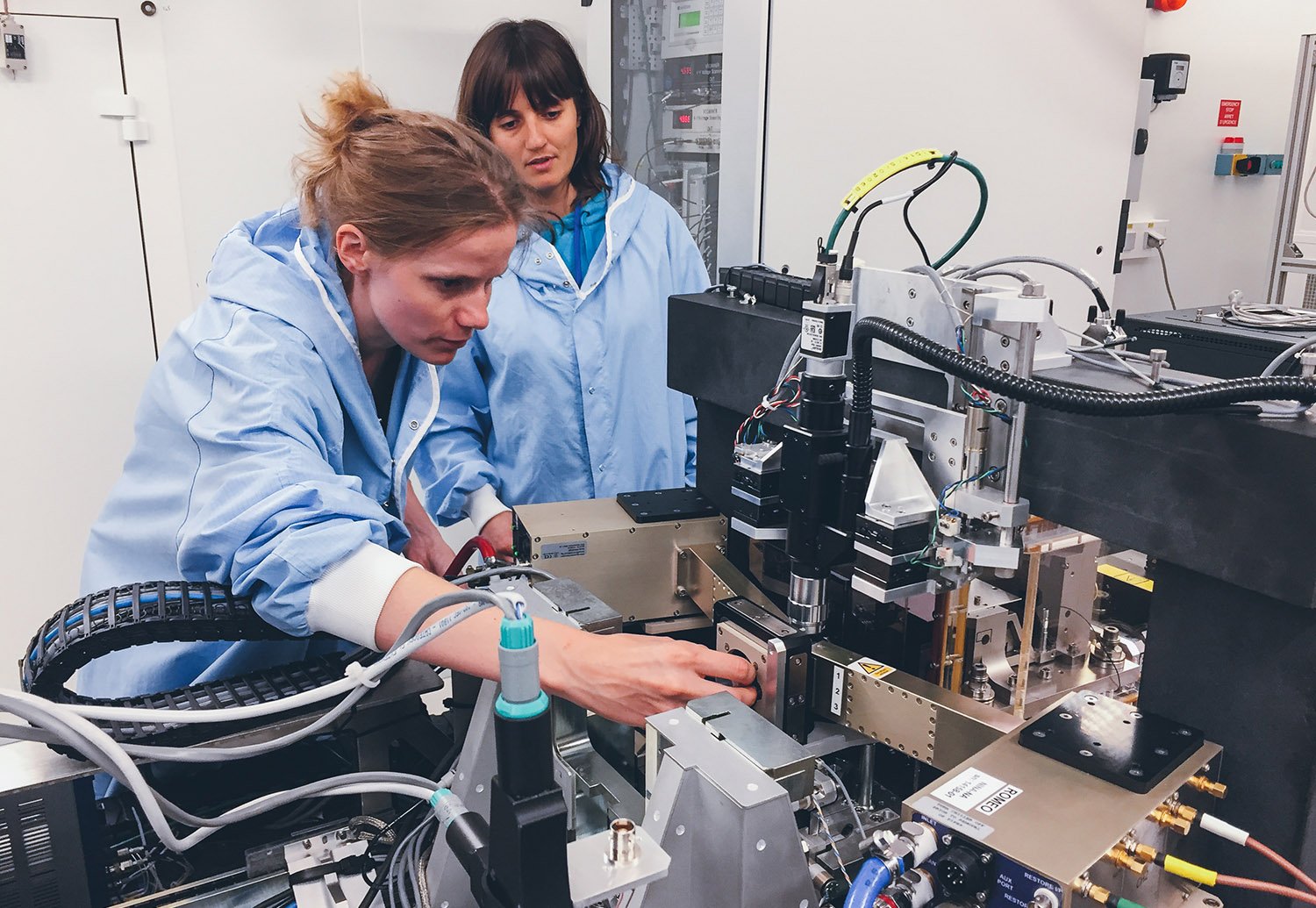Crows consciously control their calls
Crows can voluntarily control the release and onset of their calls, suggesting that songbird vocalizations are under cognitive control, according to a study published August 27 in the open-access journal PLOS Biology by Katharina Brecht of the University of Tübingen, and colleagues. Songbirds are renowned for their acoustically elaborate songs; these show a degree of flexibility, potentially … Read more
